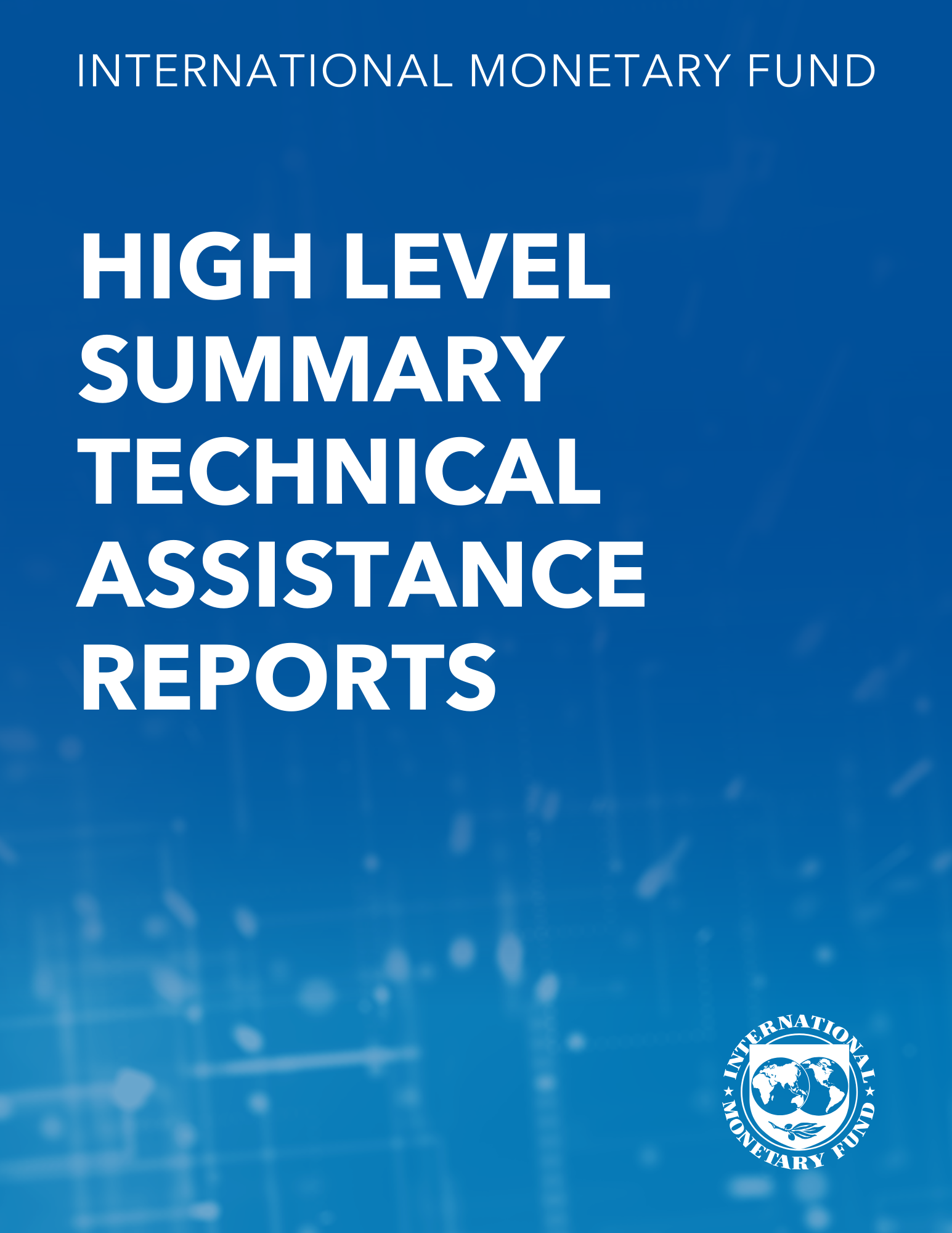A New Look at Exchange Rate Volatility and Trade Flows
September 30, 2004
Summary
Subject: Exchange rate arrangements, Exchange rates, Foreign exchange, International trade, International trade organizations, Nominal effective exchange rate, Plurilateral trade, Real effective exchange rates, Real exchange rates
Keywords: Africa, Central and Eastern Europe, country, exchange rate, Exchange rate arrangements, exchange rate fluctuation, exchange rate movement, exchange rate uncertainty, exchange rate variability, exchange rate volatility, Exchange rates, Global, International trade organizations, Middle East, Nominal effective exchange rate, nominal exchange rate, OP, Plurilateral trade, Real effective exchange rates, Real exchange rates, trade, volatility measure, Western Hemisphere
Pages:
63
Volume:
2004
DOI:
Issue:
009
Series:
Occasional Paper No. 2004/009
Stock No:
S235EA
ISBN:
9781589063587
ISSN:
0251-6365







